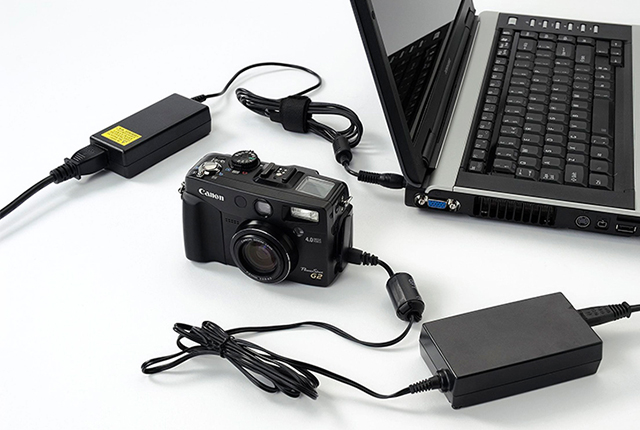The power adapter is also called an external power supply. It is a power supply voltage conversion device for small portable electronic devices and electronic appliances. It is commonly found in small electronic products such as mobile phones, liquid crystal displays and notebook computers. Next, let's introduce you to the instructions for using the notebook power adapter.

There are usually several items that need to be noted on the label of the power adapter. The first is the model. It tells us a few information, that is, its manufacturer, main parameters, etc. The beginning of XVE is generally the code of a certain company, 120100 means that the power is 12W, 050200 is 10W; second It is INPUT (input), generally used in China is 100-240V~50-60Hz, which means that the adapter can work normally under the voltage of 100V-240V; the third is the OUTPUT (output) of the adapter, the two numbers can be very Quickly calculate the wattage of this power supply, such as voltage 12V * current 1A = 12W (power), indicating that this power supply is 12W.
Most notebook power adapters are suitable for 100 to 240V AC (50/60Hz). Basically, most laptops have external power supplies and are connected to the main unit with a power cord. This reduces the size and weight of the mainframe. Only a very small number of models have built-in power in the mainframe. There is a nameplate on the power adapter, which indicates the power, input and output voltage and current quantity, etc., pay special attention to the range of input voltage. This is the so-called "travel power adapter", if the country has a voltage of only 110V. This feature is very useful, some parallel laptops are only sold in the country of origin, without this compatible voltage design, even a single input voltage of 110V, will be burned when plugged in China's 220V mains voltage.